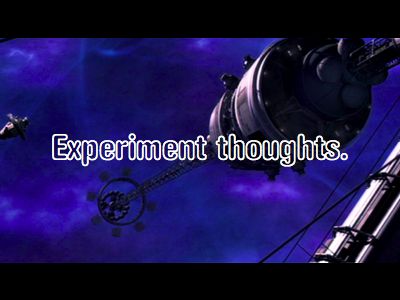
Image source: Solaris.
After all of this, what does our space-ship look like? Let’s guess.
Take a graph which shows simply distance from the central amenity—that might be power source, or miniature sun, or the shopping centre. Perhaps the frequency graph is a normal distribution. Then our space-ship will look like a doughnut, a map of exactly this shape which is thin where there are few habitats living close or far away, with bulges in the middle whether the majority of the population live.
Or perhaps people would live in different sized communities: a few very big, more middling size, and loads of small communities. Perhaps everyone would argue about how close to be to the central light, so they’d agree to all live the same distance away. Then the city would be patterned just like a planet with some continents and many small islands. Maybe it’d look just like the earth.
Whatever happens, we’d have a city whose appearance accurately maps the preferences of the people in it. It’d look like some 3d Excel pie chart.
Now we’ve set up our scenario, let’s think about the steps involved in how this iterative city occurs.
First people just use their basic judgement to decide where to move.
Next, people want to make more informed decisions about where to move. This means we need an instrumented environment. What kind of sensors? Well, objects that record what happens to them and environments that record what happens in their space. People will reveal, with sensors, patterns in their own behaviour and about the environment beyond their sight. The maps they create are used to control their own (accidental) behaviour and make decisions, and to control the behaviour of others.
But… it’s a very modernist idea, to think that objective measurement will lead to a better living machine. It doesn’t. I want to look at why not.
Here we go. What I want to concentrate on is this: Given our gedanken-space-ship, what are the consequences?